The fascination with the moon has transfixed the world for centuries
It’s 50 years since man first walked on the moon. But humanity has been bewitched by our nearest neighbour for far longer than that. David Barnett delves into lunar myth, legend and folklore

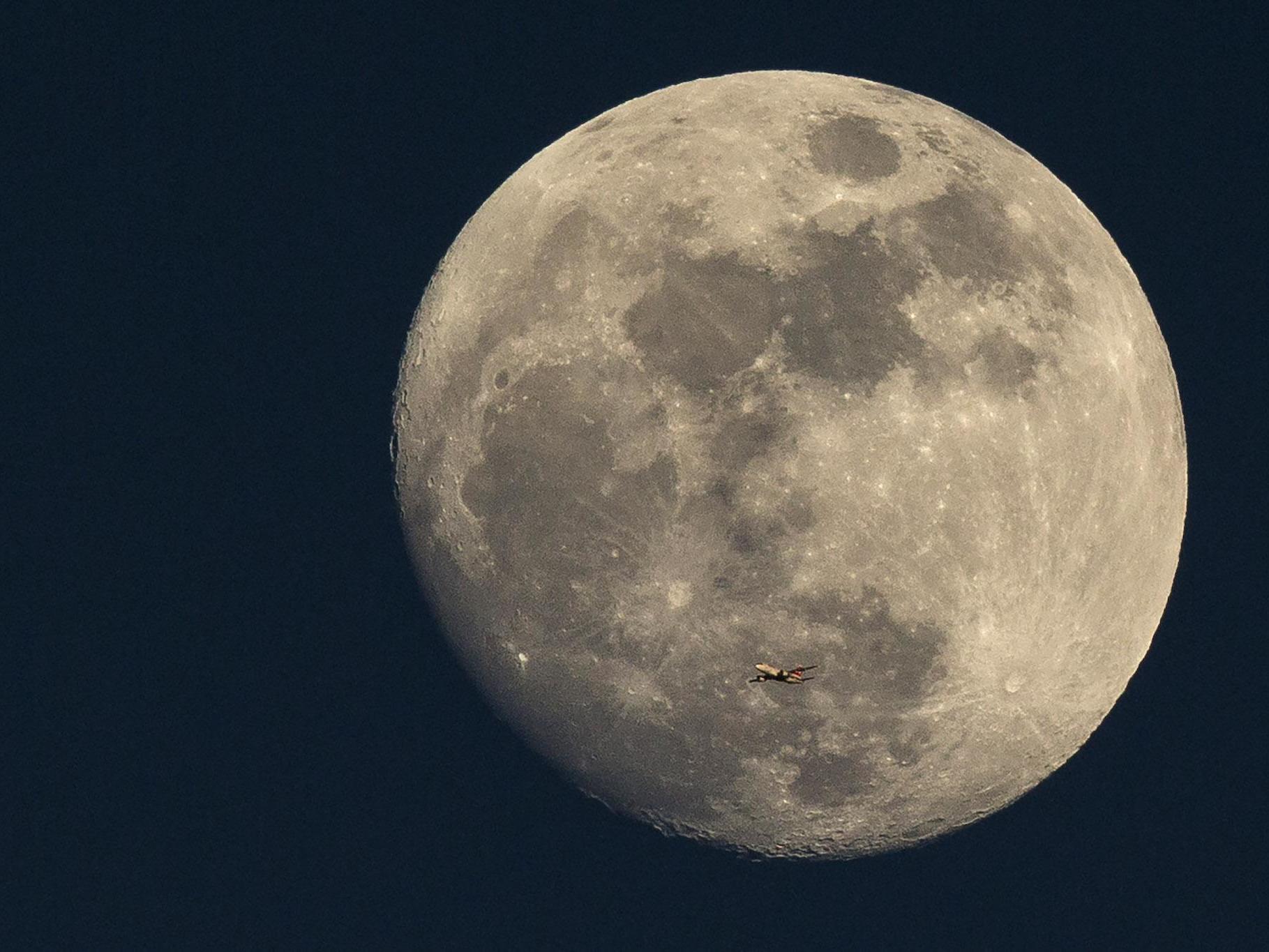
Even a man who is pure in heart and says his prayers by night, may become a wolf when the wolfbane blooms and the autumn moon is bright.” So long have we been fascinated by the moon, that bright, progressively changing, ever-present fixture of our night sky, that we could easily believe those lines are some ancient folkish portent, their origins lost in the mists of time.
In actual fact they were written by Curt Siodmak, the screenwriter of the 1941 movie The Wolf Man, which terrified audiences as Lon Chaney Jr, attacked by a wolf in darkest Wales, transforms in the silvery light of the full moon into a half-human, half-lupine beast.
Even by the time that movie came out, almost three decades before man would walk on the moon, our fascination with Earth’s satellite was already deep-rooted. And why wouldn’t it be? Even to the earliest people, the moon must have been a troubling thing, hanging there in the sky, its face pocked by craters and ridged with mountains, mirroring and echoing the earth, impossibly distant yet close enough to make out its contoured surface. Of the Earth, and yet beyond it, further than mankind could dream of travelling.
And yet, if you have no concept of the Earth on which you’re standing, the moon must have seemed stranger still. It’s little wonder that people have always conjured stories about the moon, deified it, given it the characteristics of a living thing.
In Romania, they believed that the sun and the moon were siblings, but despite this, the sun desired his sister. To avoid her brother, the moon decided she would only go out at night, when the sun could not bother her.
To some of the indigenous peoples of the Arctic circle, the moon was male, and the sun a woman, and they were lovers. Among some Inuit peoples, the moon was a benevolent spirit who welcomed the souls of the dead; to other tribes, he was a vengeful being whose wrath was terrible to behold.
One time, a Japanese fisherman found a robe made of white feathers on the beach. It belonged to a beautiful woman swimming in the sea. She said she would sing him a song if he returned her robe, for without it she could not go home. He did so and she sang him a hymn to the moon, where she lived, and as she sang her feathered robe became vast white wings, which carried her to her lunar palace.
The moon is often considered female, as are the gods who represented it in ancient times. According to the astrologer and occultist Bruce King, who was born in Chicago in 1897 and wrote under the name Zolar: “In mythologies worldwide, rulers of the moon are female deities.”
In his Encyclopedia of Signs, Omens and Superstitions he lists many of them: “For the Canaanites, the name of the moon goddess was Jerah (for who the city of Jericho was named). For Egyptians, Isis and Hathor were associated with the moon. For the Babylonians, the goddess Ishtar was given similar honours.
For the Greeks, Artemis and Diana (hunting goddesses), were both connected with the moon as well. Hence, it was not surprising that in medieval Europe, Diana became the patroness of witches, since she already ruled “horned” animals such as the stag and goat.
Witches, of course, meet by moonlight. Shakespeare’s three witches, or weird sisters, in Macbeth, when cooking up their cooking up their “toil and trouble” in their boiling cauldron, throw in “slips of yew silver’d in the moon’s eclipse”. They are visited by Hecate, the goddess of witchcraft, associated with the moon.
Brewer’s Book of Myth and Legend, edited by JC Cooper, tells us that Hecate was the name the Greeks gave to the moon before she had fully risen and after she had set; hidden, occult. A crescent moon was identified as Astarte, as Diana or Cynthia when full. The ancients personified the moon as Selene, who fell in love with Endymion, a shepherd, who was put into an immortal sleep by a jealous Zeus.
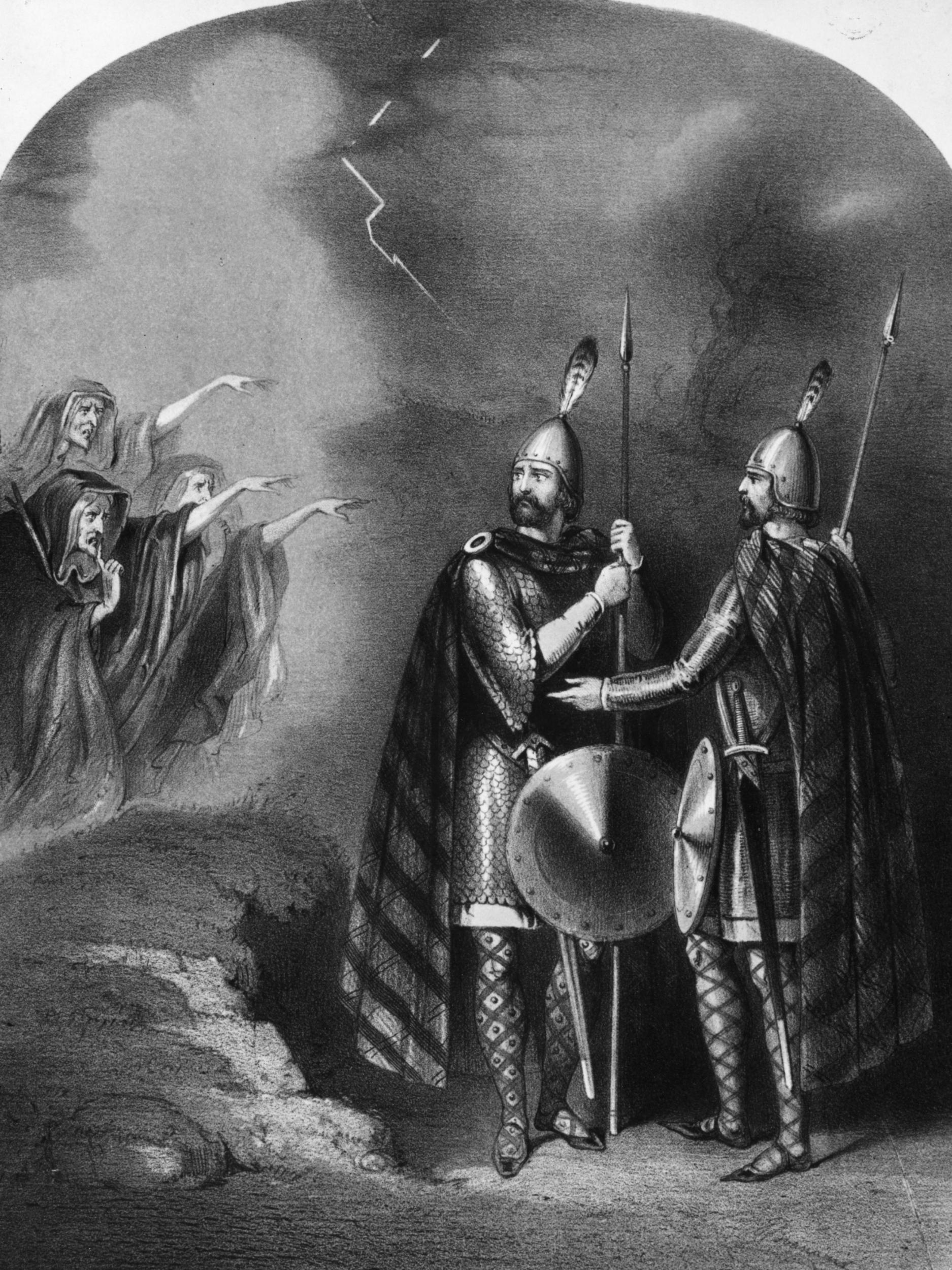
The moon is for lovers, immortalised as such in song: “Blue Moon”; “Give Me The Moonlight”; Beethoven’s Moonlight Sonata. The moon has illuminated lovers’ trysts and in Brazil they say you are only truly in love if you can easily make out the rabbit in the moon, a piece of Chinese-originated folklore that identifies the markings on the face of the full moon as a rabbit.
Just as the moon controls the tides of the sea, so it is connected to the bodies of women. In many folk legends, says Zolar: “Girls are warned not to stare at the moon or lay in moonlight, or they will be impregnated by the moon and give birth to some kind of monster.”
Is there any truth in the old stories that women’s menstrual cycles are linked directly to the moon? The Uaupe tribe of the Amazon refer to a girl’s first menstruation as “defloration by the moon”. The word menstruation is derived from the Latin word menses, meaning “monthly”, and the Greek “mene”, referring to the moon. Science perhaps doesn’t back that up, other than through coincidence; the average menstrual cycle is 29 days, the lunar cycle is 29.5 days.
The moon, of course, only comes out at night... except when it doesn’t. Sometimes we see the pale ghost of the moon in the bright blue sky, because of the passage of the moon around the Earth and, as it gets closer to being a new moon, and at its nearest relative point to the sun, we sometimes see the solar reflection off the moon’s surface in broad daylight.
But it is generally the dark velvet of the night sky the moon inhabits, which gives it its associations with the occult, and secret things. Charles Walker, in his Encyclopedia of Secret Knowledge, says: “The moon is the symbol of the imaginative, reflective, interiorising power in our world. In astrology and alchemy, the moon is an index of the withdrawal principle, and of the subconscious or hidden side of life.”
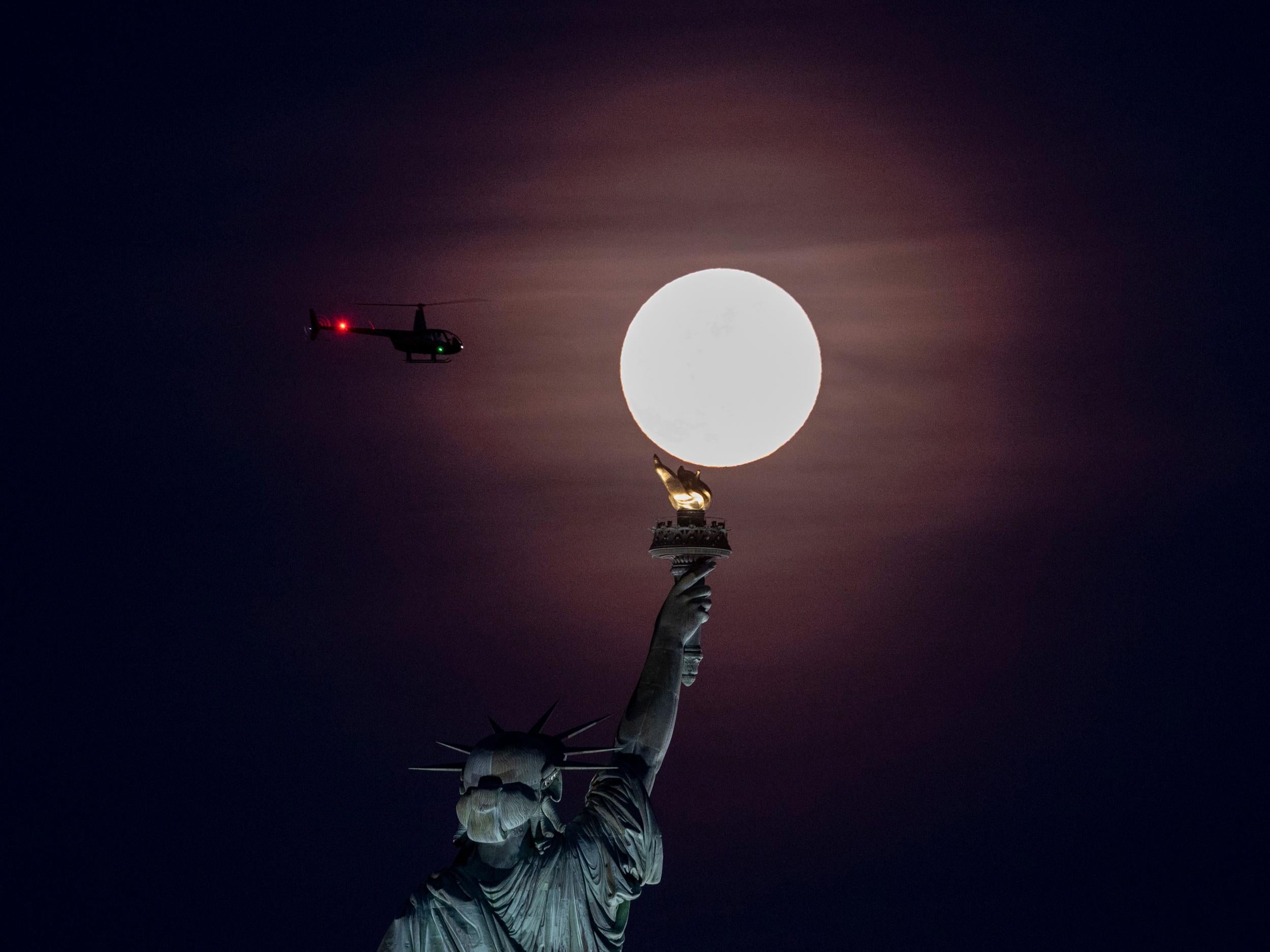
Moonlight is for lovers, but dark deeds are carried out by the silvery glow, as well. The term moonraker is from an old Wiltshire folk tale, about locals who were dredging a pond for kegs of smuggled alcohol. When confronted by the excise men, they played the dumb yokels and said they were trying to rake out the moon’s reflection in the water.
If you are planning a robbery, then don’t do it on the third day of a new moon, or the enterprise will end in disaster, according to an old proverb. If you fall ill on the eighth day of a new moon, it’s likely death will follow. Should someone die at the time of a new moon, three more deaths are said to be on the horizon. And sleeping with the moon shining on your face will result in distortion of your features, or insanity.
Ah, the moon and the mind. The insane were called called “lunatics” for a reason... their state of mind was said to be directly influenced by the phases of the moon. The Lunacy Act of 1845 defined a lunatic as a person who exhibited lucidity in the first two phases of the moon but grew demented during the full moon phase. In 1940 a soldier, charged with murder, pleaded “moon madness” in mitigation in court.
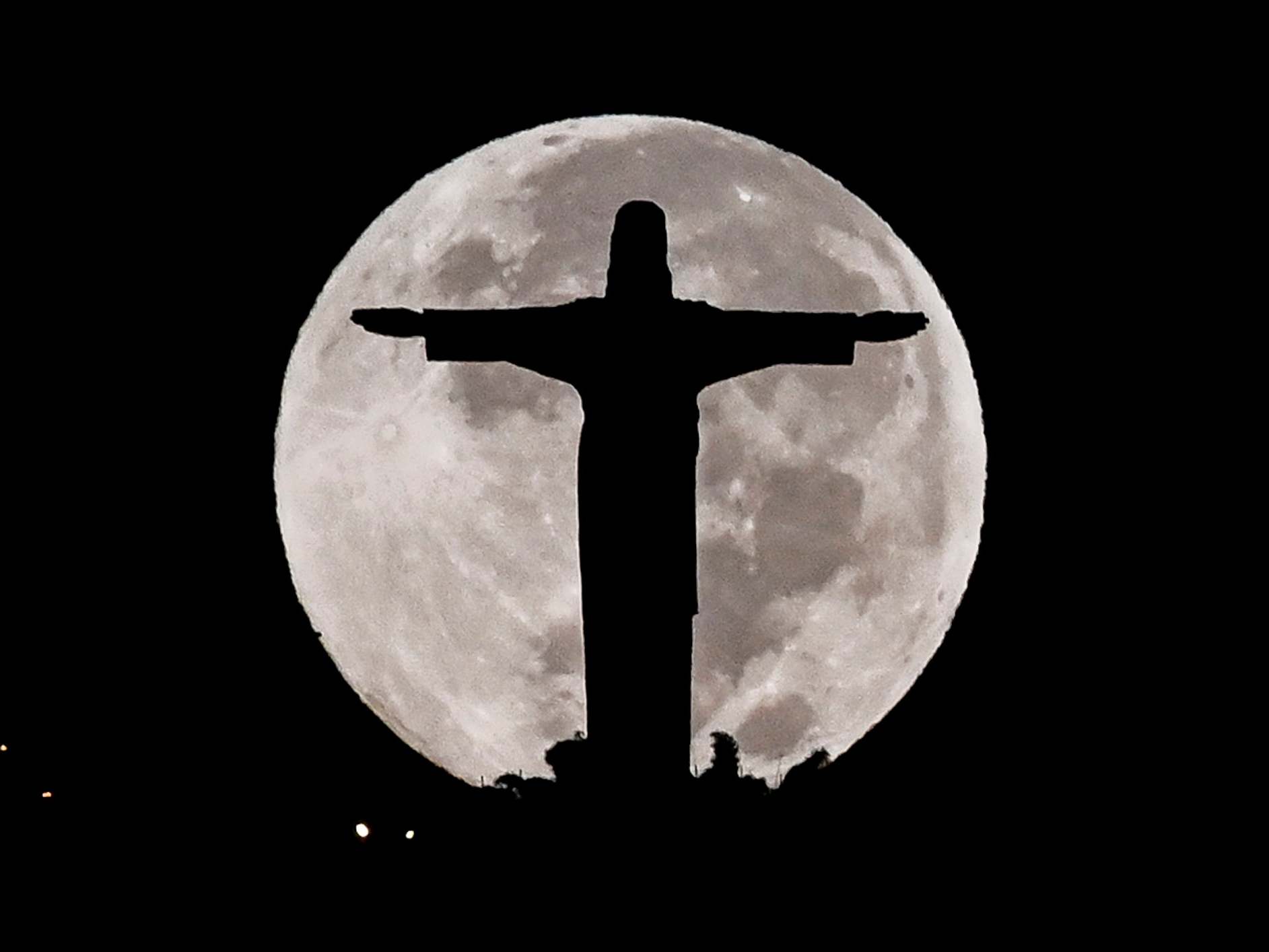
Lunacy, and the changes it wrought in humans, brings us back to the man who is pure of heart, and says his prayers by night, yet becomes a wolf. The ditty might have been penned by Curt Siodmak for The Wolf Man, but he was building on a dark tradition that has its roots in classical mythology.
Zolar has little truck with the modern portrayal of lycanthropy, commenting somewhat huffily: “Just like vampires, the werewolf has been glorified by Hollywood and the motion pictures. For the ancients, a werewolf was a person transformed into a wolf by magical means. It is said that werewolves roamed the country at night and would attack babies and humans.”
There are defences, of course, and ways to spot a werewolf in human form. They have flat fingers, so they used to say, and hair covering the palms of their hands. And, of course, though werewolves were said to be immune to normal ordnance, a silver bullet, especially if blessed by a priest, would kill one. If that seems extreme – for example if the werewolf is a loved one – saying their Christian name three times would effect a transformation back into human form.
It is said that the first man-to-wolf transformation was at the hands of Zeus, who was somewhat appalled that Lycaon of Arcadia sacrificed his own child to the ruler of Olympus. Zeus turned Lycaon into a wolf for his crime, which is where we get the term lycanthrope from to denote a werewolf.
According to John and Caitlin Matthews’ Element Encyclopedia of Magical Creatures, there was a wolf-cult built around Zeus after this, which survived until at least the first century AD. They write: “A member of the Antaeus family told Pliny the Elder that he had been a lycanthrope for nine years, having drawn lots with the rest of his clan to partake in these secret rites.”
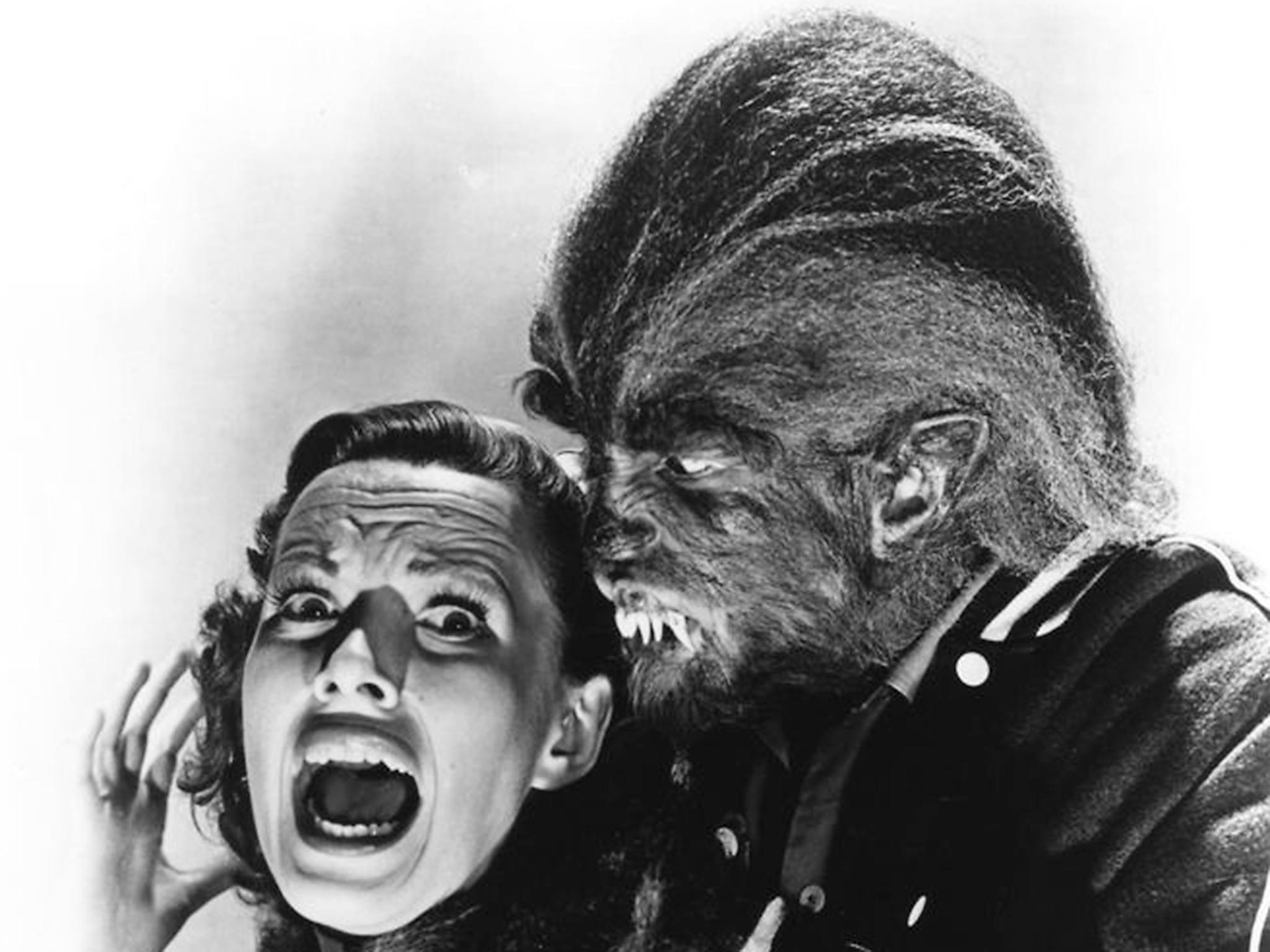
A werewolf could be created through being cursed, perhaps by a Hecate-worshipping witch, or sleeping in the light of the moon, or being conceived under a new moon. Or, as in the movies, from The Wolf Man to An American Werewolf in London (in which bluff rural Yorkshireman Brian Glover exhorts a couple of naive American tourists to “Beware the moon!”, to no avail), being bitten by another werewolf.
Werewolf mania perhaps reached its height in 16th-century France, when dozens of people were tried and executed for being werewolves in a frenzy that spread across Europe, a full century before the Salem witch trials in the United States.
Michel Verdun is thought to be the first man to be tried for lycanthropy, in Poligny in 1521. Authorities investigating a wolf attack followed a trail of evidence and supposition that led them to Verdun’s home. He was arrested and under torture confessed to being a werewolf, pointing the finger at two other men, Pierre Bourgot and Philibert Montot.

Bourgot told the authorities that he had been approached by three men dressed in black who urged him to reject God, and in return he was promised protection for his flock of sheep and given an ointment which, when applied, allowed him to transform into a wolf by the light of the moon. All three men were executed. Similar trials were carried out across Germany, the Netherlands and Estonia.
We now know, of course, that the moon is not imbued with any magical powers, nor can exert any kind of influence over us. It is a lump of rock, about 2,000 miles in diameter. It is about 4.5 billion years old, and is 250,000 miles away from the Earth. It has little atmosphere, and no weather; no erosion means that the footprints left by the crew of Apollo 11 half a century ago will endure, untouched, for millions of years.
And yet… the moon fascinates us beyond the fact of us actually getting there in 1969. The full moon carries with it far more weight than a mere satellite reflecting the light of the sun, it shoulders mythology, legend and folklore that dates back almost as far as mankind itself.
Join our commenting forum
Join thought-provoking conversations, follow other Independent readers and see their replies
Comments
Bookmark popover
Removed from bookmarks